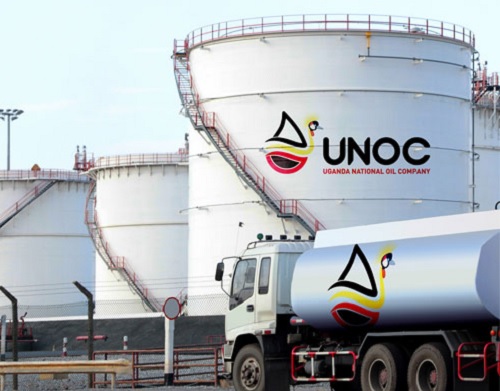
COMMENT | DICKENS AMANYA | For a long time, petroleum (oil and gas) host districts have been clamoring for budget allocation to participate in oil activities as provided for under the petroleum policy. In spite of the loud cry, the 2025/2026 budget did not capture a vote for petroleum-related activities. Petroleum (oil and gas) development is currently regarded as Uganda’s fastest-growing sector. The government participates in this process through the Uganda National Oil Company (UNOC), which was incorporated in 2015 as the commercial arm of the government, and the Petroleum Authority of Uganda (PAU), established in 2013 as the sector regulator.
Section 7(3) of the National Oil and Gas Policy for Uganda (2008) mandates local governments to participate in getting voices of the poor into the design, monitoring, and implementation of programs in the oil and gas sector. In spite of the policy mandate, there are no specific budget allocations to foster local governments’ participation in the petroleum activities. For example, in the 2025/26 budget, Hoima district local government’s environment and natural resources department had limited her interventions to Environment Impact Assessment (EIA) and feasibility studies in the sub-counties of Kapaapi, Kyabigambire, Kitoba and Buseruka. This position, if unchecked, will barely culminate into participation in petroleum-specific activities thus limiting their oil and gas policy mandate.
The Central Government and oil and gas companies need to consider bringing local governments ’on board during the planning and implementation of activities. These activities, for example include; Resettlement Action Plan (RAP) monitoring, Joint environmental compliance monitoring, implementation of Corporate Social Responsibility (CSR) activities, among others. These need to be periodically domiciled in the respective districts’ budget framework papers. The districts’ (local government) participation is always limited to project inception meetings, grievance management under the District Resettlement Committees (DIRCO) and quarterly update meetings through the Joint Venture Partners (JVPs), as well as commissioning of projects.
While oil and gas interventions may appear to be high-level enablers, every local government in the oil region has Community Development, Environment and Natural Resources Departments, among others. These are capable of promoting ownership and disseminating information. Unfortunately, companies rely on “rotational Community Liaison Officers” (CLOs) who engage with communities for a certain contractual period. These CLOs often operate from inaccessible locations such as highly protected camps and hotels; thus limiting continuous community interaction/participation.
As a result, residents are turning to local government officials like Sub-County Community Development Officers (CDOs) and parish chiefs whose involvement is often menial and/or are technically excluded from project activities. In an ironic twist of events, when projects end, CLOs often disengage and responsibility falls back on the age-old under-resourced local governments whose capacities are never strengthened by the Petroleum companies.
Whereas the local government stakeholders are currently concentrating on key government programs such as “Emyooga” and “Parish Development Model-PDM”; central government and Petroleum companies should ideally gear their efforts towards integrating Petroleum development into the current local government programs to foster sustainable socio-economic development.
****
 The Writer is a Research Officer at the Advocates Coalition for Development and Environment (ACODE) under the Environment and Natural Resources Governance Program. Email:damanya@acode-u.org or dickensamanya@gmail.com
The Writer is a Research Officer at the Advocates Coalition for Development and Environment (ACODE) under the Environment and Natural Resources Governance Program. Email:damanya@acode-u.org or dickensamanya@gmail.com
 The Independent Uganda: You get the Truth we Pay the Price
The Independent Uganda: You get the Truth we Pay the Price




Good writing